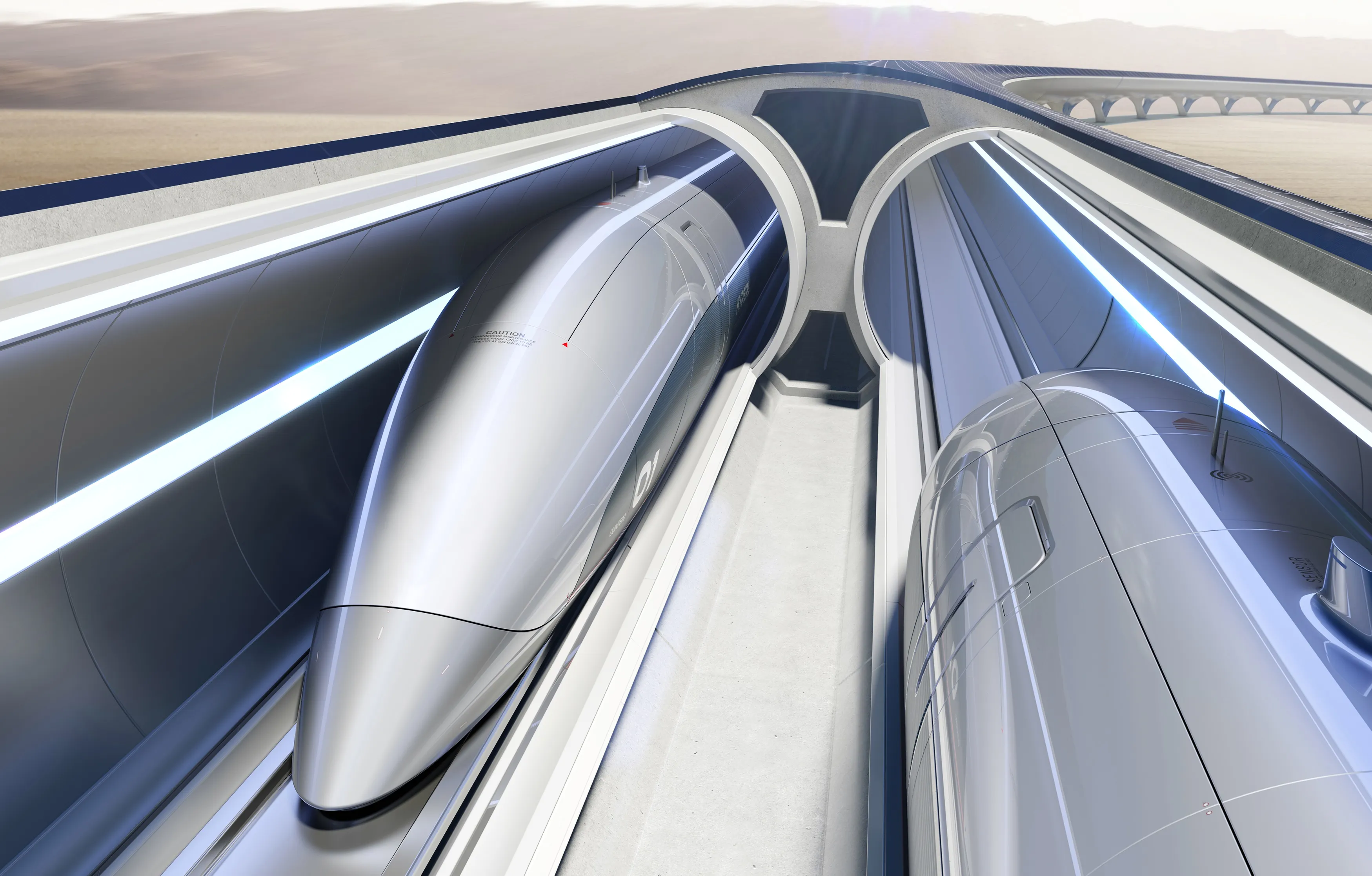The NTSP team will perform systems construction management services for the US$3.7 billion East Link Extension, a 14-mile-long extension connecting Seattle, Mercer Island, Bellevue and Redmond; and the US$1.9 billion 4.3-mile Northgate Link Extension between the University of Washington at Husky Stadium, the University District and the Northgate area. Both extensions are key components of a larger system expansion being undertaken by Sound Transit over the next 25 years.
Sound Transit estimates that at least 50,000 people a day will use East Link by 2030. Once completed, the extension will be the world’s only passenger light rail service operating over a floating bridge, the section of I-90 over Lake Washington connecting Mercer Island and Seattle.
Northwest Transit Systems Partners JV to oversee Sound Transit light rail expansion
Northwest Transit Systems Partners (NTSP), a joint venture consisting of US transportation design and construction management firm STV, and Mott MacDonald, is to oversee the systems construction of two new light rail extensions for Sound Transit’s light rail system in Seattle, US.
The NTSP team will perform systems construction management services for the US$3.7 billion East Link Extension, a 14-mile-long extension connecting Seattle, Mercer Island, Bellevue and Redmond; and the US$1.9 billion 4.3-mile
August 23, 2017
Read time: 2 mins
Northwest Transit Systems Partners (NTSP), a joint venture consisting of US transportation design and construction management firm STV, and 1869 Mott MacDonald, is to oversee the systems construction of two new light rail extensions for Sound Transit’s light rail system in Seattle, US.










